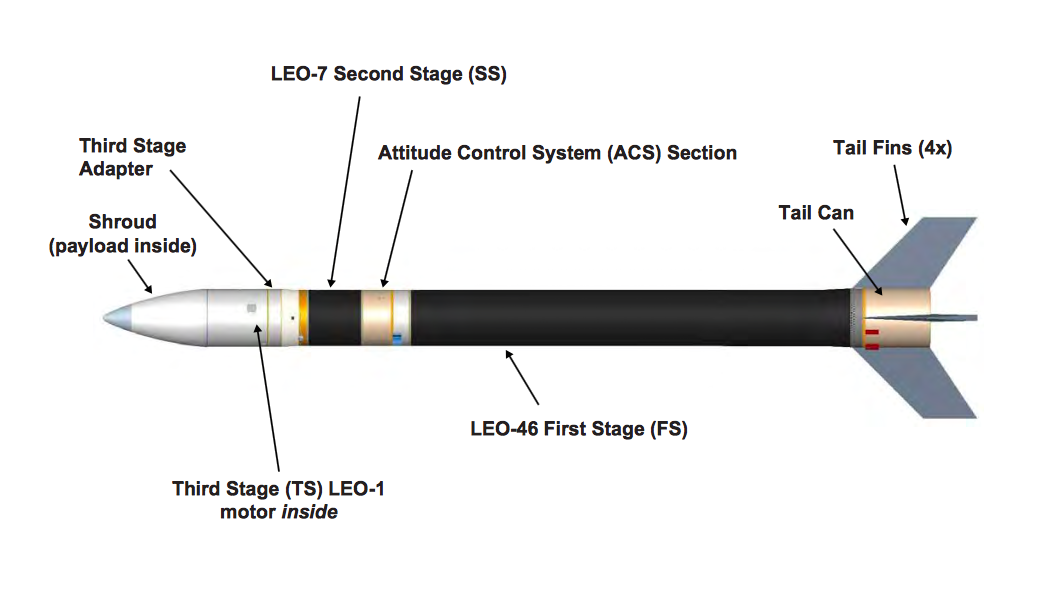> 3 stages
That’s a good start.
> 17-meter-long rocket with a diameter of 79 centimeters
Darnit, can’t find my list of low-powered rockets. Is this very like a modernised version the Redstone from 1952? A standard length of 20 to 25 metres applies for small launchers the world over. In my calculations, the rocket length is crucial to determining maximum altitude reached, but the rocket diameter is almost insignificant.
Compare a few:
Redstone (USA) length 21 m, diameter 180 cm.
Falcon 1 (USA) length 21.3 m, diameter 170 cm.
Long March 2 (China) length 31.17 m, diameter 335 cm.
Vega (Europe) length 30 m, diameter 300 cm.
SLV (India) length 22 m, diameter 100 cm.
Safir (Iran) length 22 m, diameter 125 cm.
Shavit (Israel) length 26.4 m, diameter 135 cm.
Epsilon (Japan) length 24.4 m, diameter 250 cm.
Start-1 (USSR) length 22.7 m, diameter 161 cm.
Rockot (USSR) length 29 m, diameter 250 cm.
Strela (USSR) length 28.3 m, diameter 250 cm.
OK, so the new Super Strypi is short and narrow. Excellent, that keeps costs down.
Let’s compare with a few sounding rockets.
Black Brant 1 (Canada) length, diameter 7.41 m, diameter 26 cm.
Aerobee (USA) length 7.8 m, diameter 38 cm.
So it’s much bigger than a sounding rocket.
